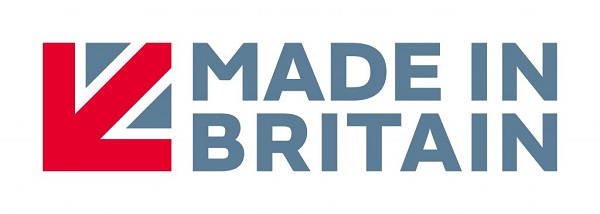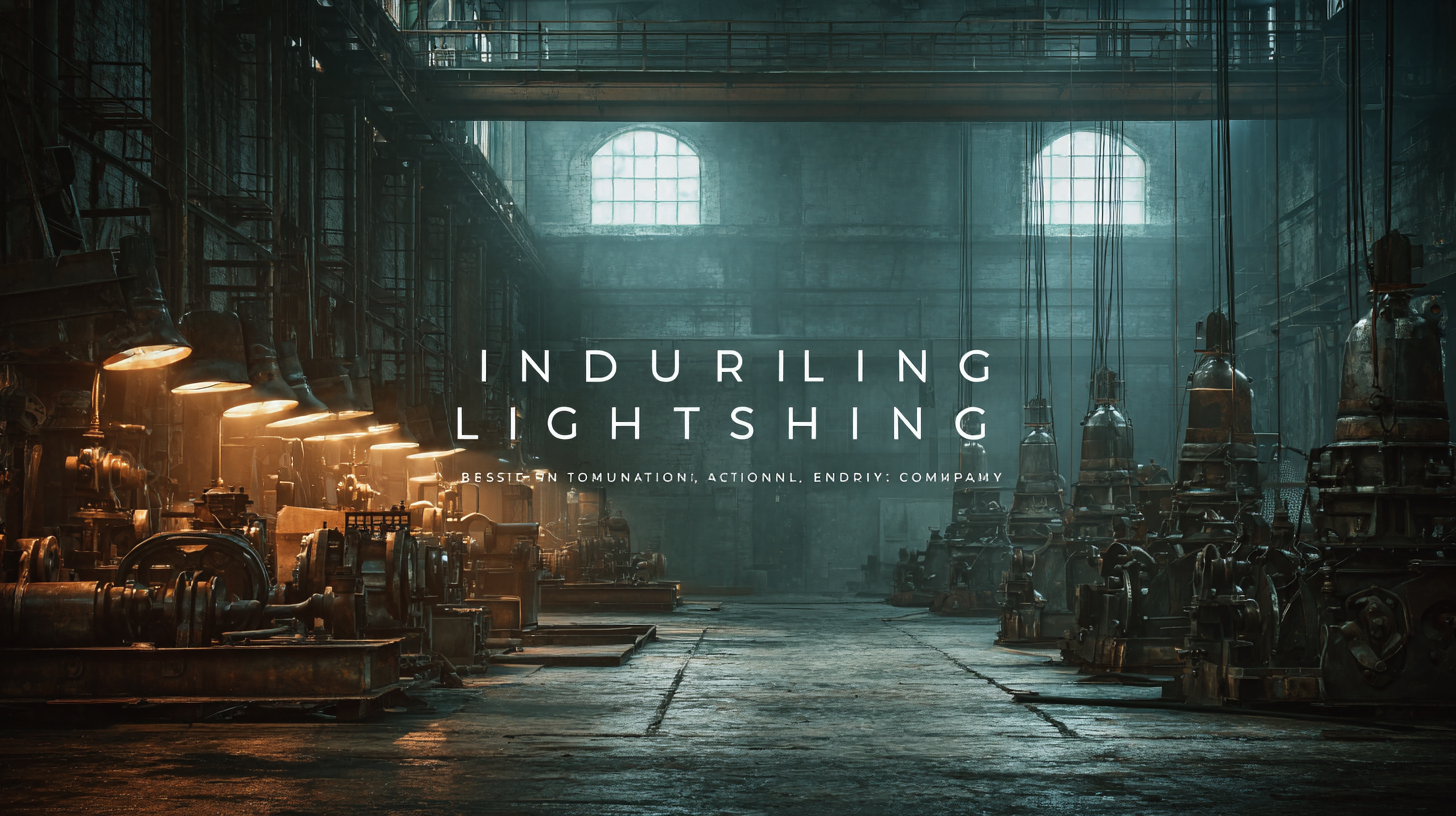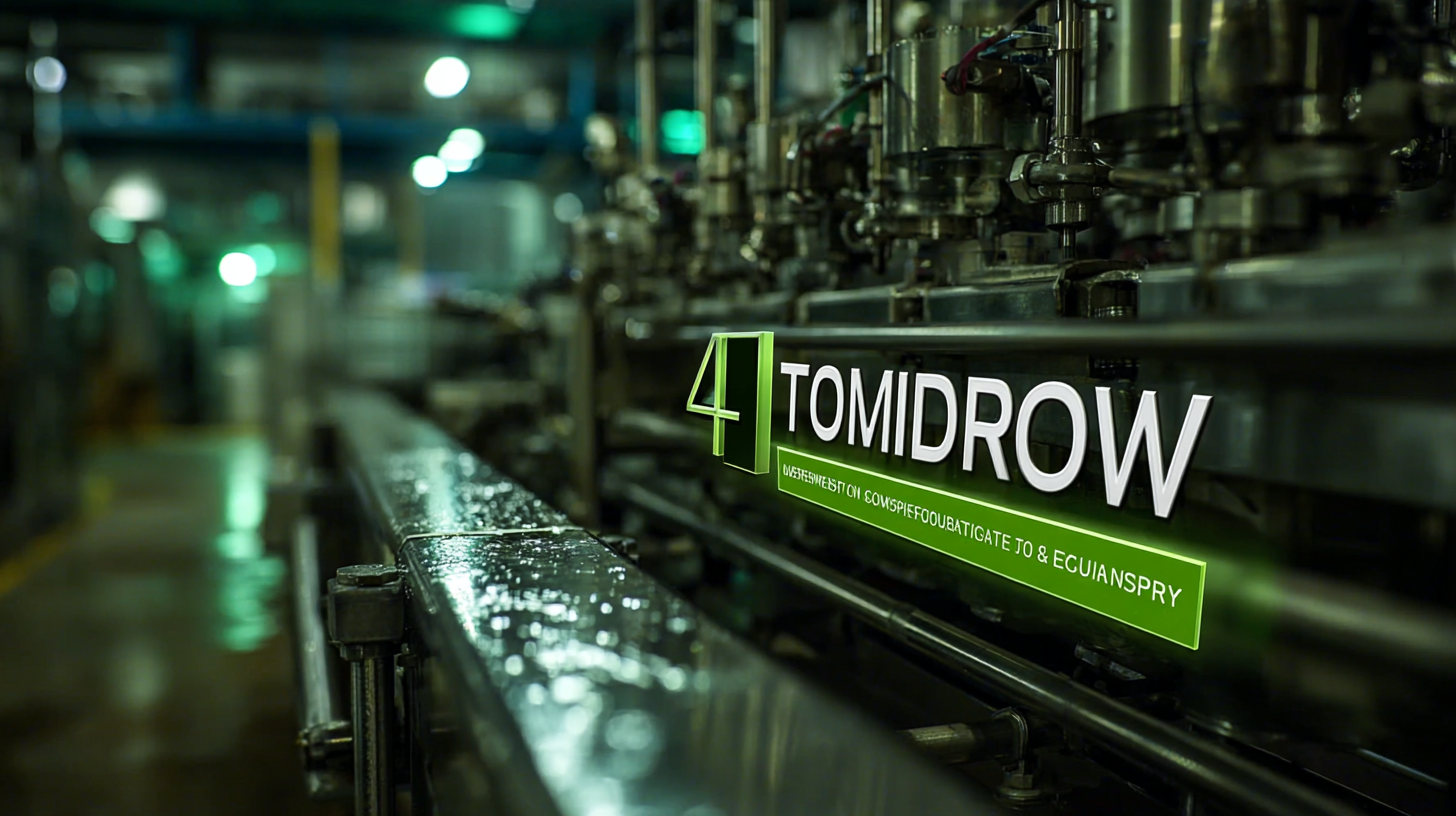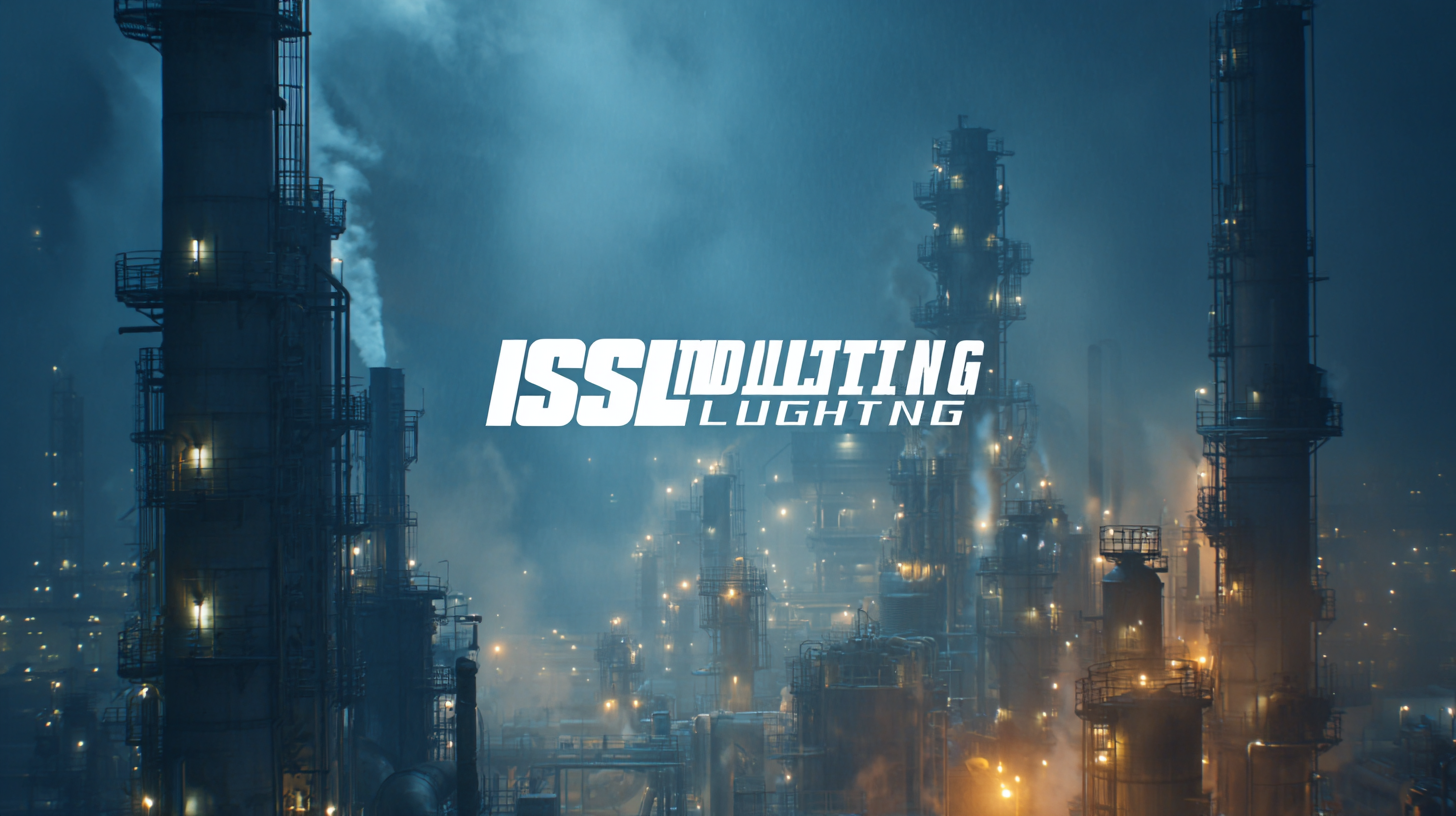
As we transition into a greener economy, the evolution of industrial lighting is poised to play a critical role in enhancing energy efficiency and sustainability. According to a recent report by the U.S. Department of Energy, the industrial lighting market is projected to grow significantly, with an expected 36% increase in LED adoption by 2025. This shift not only supports reduced operational costs but also aligns with global initiatives aimed at decreasing carbon footprints. With smart technologies and renewable energy sources becoming integral to industrial operations, the demand for innovative industrial lighting solutions is higher than ever. This blog will explore the emerging trends in industrial lighting technology, focusing on how these advancements contribute to a sustainable future while illuminating tomorrow’s workplaces more effectively.

In today's green economy, the significance of industrial lighting cannot be understated. With a growing emphasis on sustainability, companies are increasingly recognizing the role of efficient lighting solutions in reducing energy consumption. Modern industrial lighting systems not only improve visibility and safety in the workplace but also contribute to lower operational costs and a smaller carbon footprint. This shift underscores a broader commitment to eco-friendly practices, making industrial lighting a crucial component in the pursuit of environmental sustainability.
When evaluating industrial lighting options, consider switching to LED technology. LEDs are not only energy-efficient but also have a significantly longer lifespan compared to traditional lighting solutions, which means reduced waste and lower replacement costs. Additionally, implementing smart lighting controls can optimize energy usage by adjusting brightness based on occupancy and natural light levels.
Another important tip is to assess the color temperature of your lighting. Choosing the right color temperature can enhance productivity and reduce eye strain, fostering a healthier work environment. Cooler temperatures are typically better for tasks requiring focus, while warmer hues can create a more inviting atmosphere in collaborative spaces. By prioritizing the right lighting strategies, industries can make a meaningful impact on both their operations and the environment.
This chart illustrates the energy efficiency of various types of industrial lighting solutions in the context of a green economy. The data shows how advancements in technology have significantly decreased energy consumption while improving luminosity.
The drive towards a sustainable future in industrial lighting is increasingly influenced by innovative technologies that emphasize efficiency and environmental responsibility. Recent advancements in green energy point to a remarkable shift, with renewable sources such as solar and wind energy leading the charge. According to industry reports, the global market for energy-efficient lighting is projected to reach $105.5 billion by 2023, highlighting the urgent need for sustainable solutions in this sector. This transformative momentum is echoed in the lighting industry, where smart technologies are being adopted to optimize energy consumption and reduce greenhouse gas emissions significantly.
Innovative developments in materials and systems are also playing a crucial role in evolving lighting solutions. For instance, advancements in microalgae applications reveal their potential in producing biodiesel, which can power lighting systems, complementing energy needs sustainably. Moreover, integrating circular economy principles in industrial lighting ensures that waste is minimized and materials are reused effectively, contributing to an overall reduction in environmental impact. Such technologies not only facilitate a shift towards eco-friendly practices but also align with the broader goal of achieving net-zero carbon emissions by 2050. With continued investment in sustainable technologies, the lighting industry stands poised to illuminate a greener tomorrow.

In the pursuit of a green economy, selecting the right industrial lighting system has never been more critical. One of the key features to consider is energy efficiency. According to a report by the U.S. Department of Energy, solid-state lighting technologies, such as LEDs, use at least 75% less energy than traditional incandescent bulbs while lasting 25 times longer. This not only reduces energy costs but also minimizes the carbon footprint of industrial operations, aligning with sustainability goals.
Another essential aspect is the adaptability of lighting systems. Modern eco-friendly industrial lighting should incorporate smart technology and automation. A study from the International Energy Agency (IEA) indicates that implementing smart lighting controls can lead to energy savings of up to 30%. These controls allow systems to adjust based on occupancy and daylight availability, ensuring optimum lighting performance without wastage. Furthermore, materials used in the construction of these systems should be durable and recyclable, contributing to a circular economy and reducing environmental impact. Emphasizing these features can significantly enhance operational efficiency while supporting a sustainable business model.
In the face of growing environmental concerns, investing in green lighting solutions for industrial facilities has become a pivotal issue. Conducting a comprehensive cost-benefit analysis reveals that the upfront expenditure on energy-efficient lighting technologies is often offset by long-term savings. For instance, LED lighting, which, while initially more expensive than traditional bulbs, significantly reduces energy consumption and maintenance costs. Over time, industries can expect a substantial return on investment, making the switch not only environmentally responsible but financially sound as well.
Additionally, the adoption of advanced lighting systems boosts productivity and enhances worker safety. Better illumination leads to improved visibility, reducing the risk of accidents and promoting a healthier work environment. Furthermore, many governments offer incentives and rebates for facilities transitioning to greener lighting options, further tipping the scales in favor of this investment. As industrial sectors strive to align with sustainability goals, the integration of eco-friendly lighting solutions emerges as a critical strategy that not only supports a green economy but also elevates operational efficiency.

In the quest for a sustainable future, industries are increasingly adopting energy-efficient lighting solutions that not only reduce costs but also minimize environmental impact. Implementing best practices for energy-efficient lighting begins with a thorough assessment of existing lighting systems. Companies should conduct energy audits to identify areas where outdated fixtures can be replaced with modern, energy-efficient alternatives such as LED lighting. By prioritizing higher lumens per watt, industries can achieve significant energy savings while maintaining optimal light quality for their workforce.
Moreover, it's essential to integrate smart lighting controls into the industrial space. Implementing sensors that adjust lighting based on occupancy and daylight availability can further enhance energy efficiency. For instance, motion sensors can automatically turn off lights in unoccupied areas, ensuring energy is not wasted. Additionally, incorporating dimmable systems enables management to optimize brightness levels according to specific tasks, contributing to both energy savings and improved employee productivity. Embracing these innovative practices not only aligns with the principles of a green economy but also positions industries as leaders in sustainability.
| Lighting Type | Energy Efficiency (lm/W) | Lifespan (Hours) | Carbon Footprint Reduction (%) | Cost Savings ($/Year) |
|---|---|---|---|---|
| LED Lighting | 130 | 50,000 | 50 | $1,500 |
| Fluorescent Lighting | 100 | 15,000 | 25 | $800 |
| High-Pressure Sodium | 90 | 24,000 | 20 | $600 |
| Metal Halide | 80 | 15,000 | 10 | $500 |
Let us help you get started with our superior LED lighting products.
Get all the latest news from BrightLED.
Copyright © Bright LED. All rights reserved.
STAY CONNECTED

